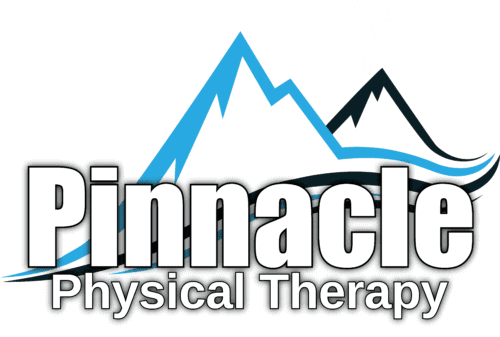Achilles Tendinopathy
Causes, Symptoms, and Treatment
Achilles tendinopathy, sometimes called Achilles tendinitis, occurs when the tendon connecting your calf muscles to your heel bone becomes inflamed. What causes this inflammation? The most common cause of Achilles tendinopathy is running, especially on hard surfaces or hills. But it can also be caused by jumping and kicking sports like basketball or soccer, or wearing high heels over time.
What are the symptoms of Achilles Tendinopathy?
Achilles tendinopathy is characterized by pain in your Achilles tendon. Pain tends to develop gradually over time and worsens as you increase activity level. The symptoms of achilles tendinopathy are similar to those of other common running injuries such as plantar fasciitis or patellofemoral syndrome.
You may feel discomfort on either side of your heel bone (calcaneus) during activities like walking up stairs or running downhill. You may also feel pain at rest, which increases when you walk or run. The intensity of symptoms can vary from mild discomfort to debilitating pain that limits normal daily activities.
How can you prevent Achilles tendinopathy?
Achilles tendinopathy is often caused by chronic overuse of your Achilles tendon. While there’s no way to completely prevent it from happening (no matter how much rest you take), avoiding high-impact activities like jumping, pivoting and sprinting when your Achilles feels sore can help stave off any lasting damage. In severe cases of tendonitis, taking time off from running may be necessary. But since tendons are very slow to heal on their own, professional treatment is a must.
How Does Your Physical Therapist Treat Your Achilles Tendon?
There are multiple treatments for Achilles tendinopathy that your physical therapist may recommend. Keep in mind each patient’s Achilles tendon injury can be unique, so it’s important to work closely with your physical therapist to develop an individualized plan of care based on your specific needs.
For example, if you have Achilles tendinopathy but also have low back pain, then you may want to incorporate some core strengthening into your exercise program since research has shown that weak abdominal muscles contribute to lower back pain.
If you suffer from patellar tendonitis and iliotibial band syndrome (two common overuse injuries among runners), then strengthening exercises such as lunges or squats might not be a good idea because they involve movements similar to those associated with these injuries.
In addition, remember all exercise should start slowly! You should never jump right into running 5 miles per day—you should start out by walking 1 mile per day while gradually increasing your distance over time.


